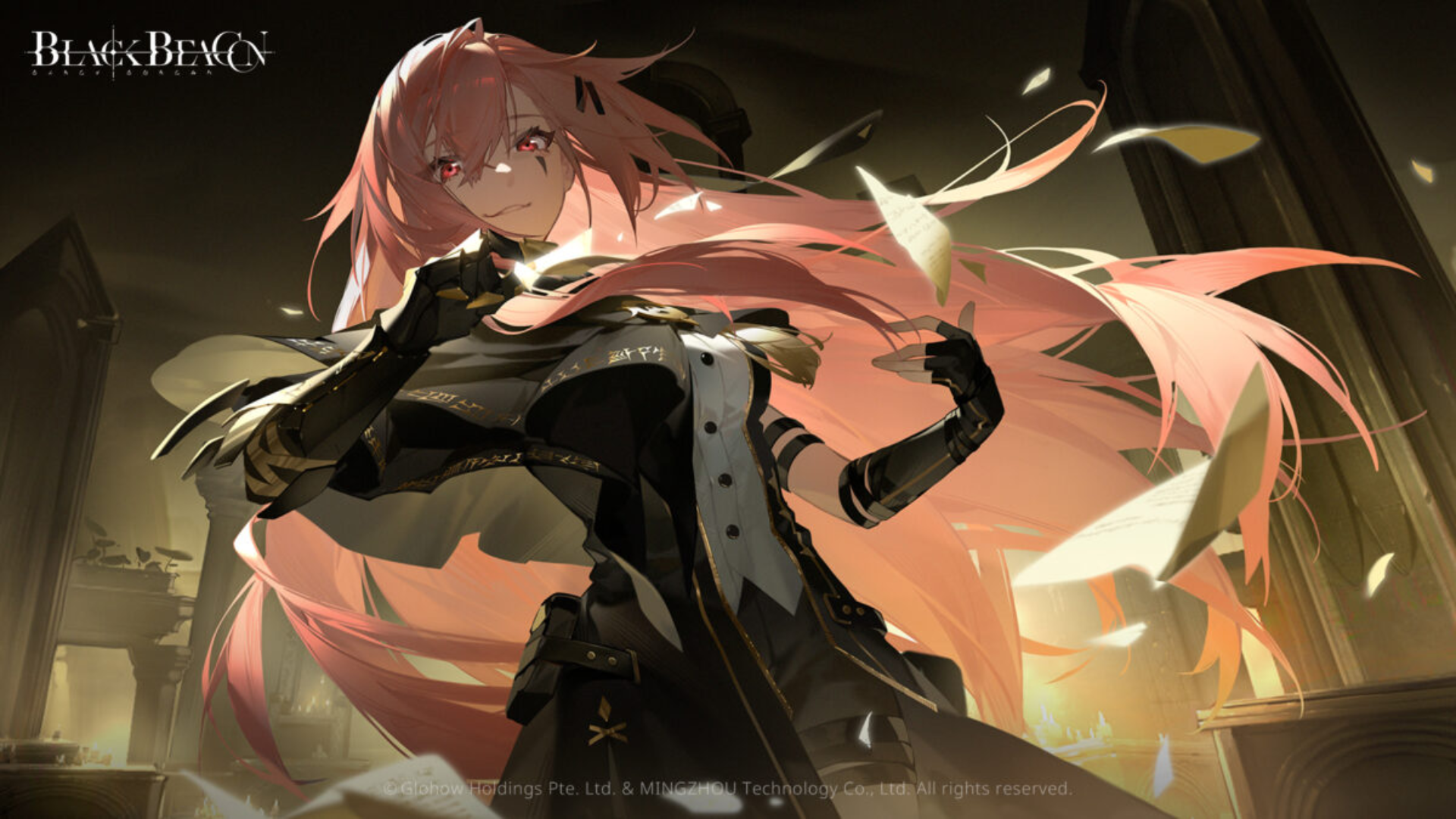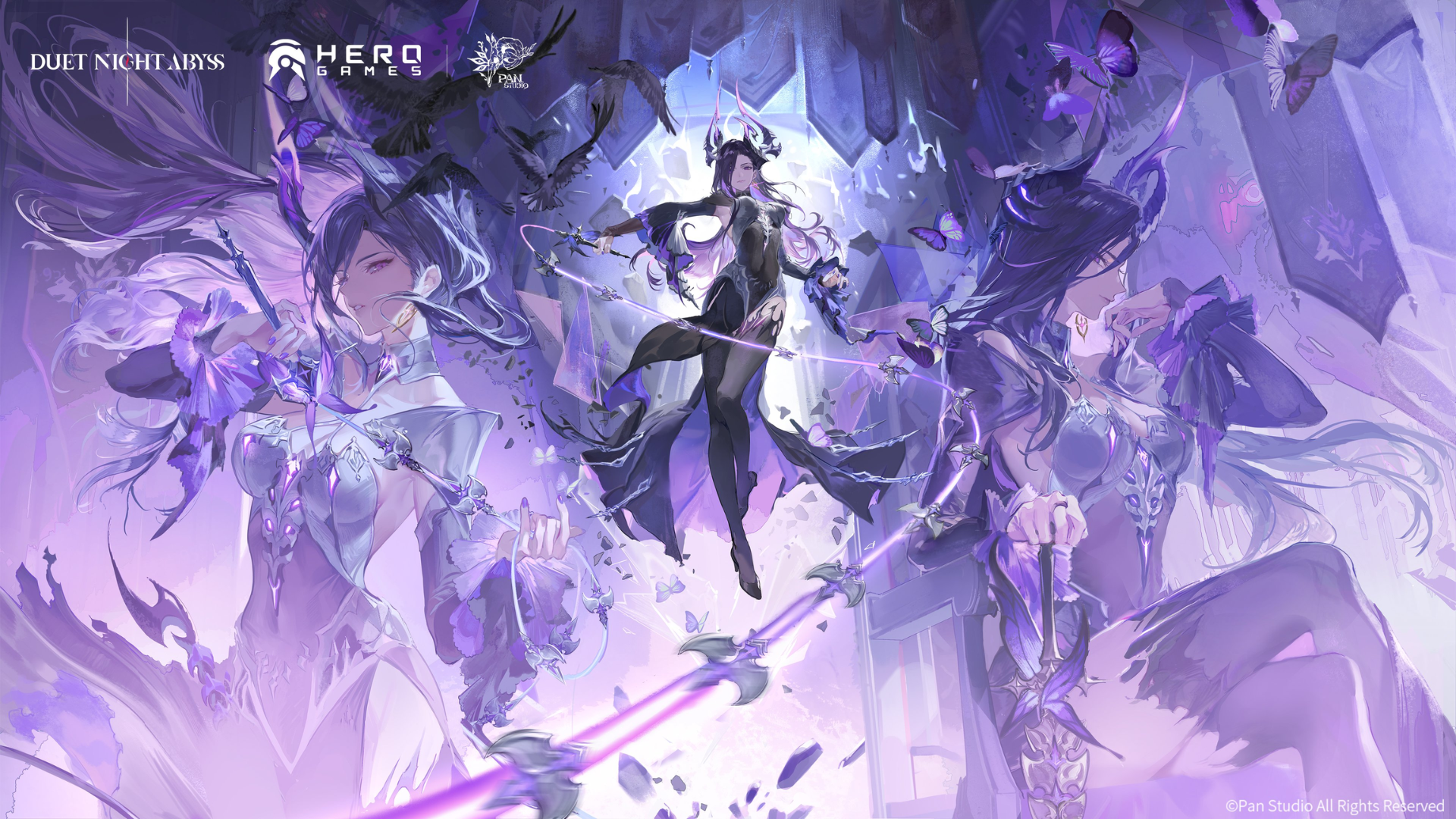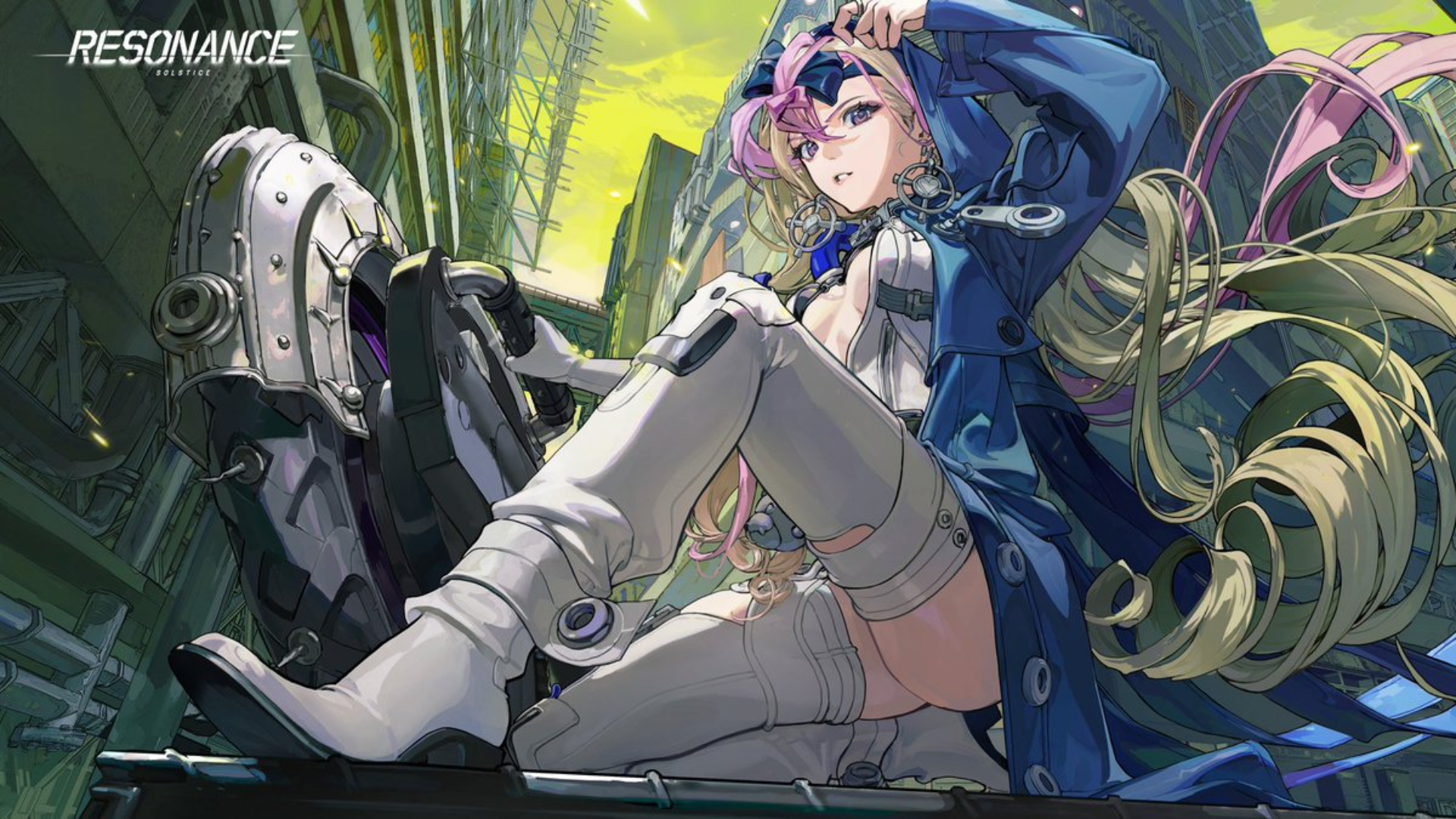Powercreep is Killing Strategy in Gacha Games, Can Devs Fix It?
In the world of gacha games, powercreep is more than just a buzzword, it’s a creeping threat to deep strategy and long‑term player engagement. Without careful balance, newer, stronger characters or items can render past choices obsolete. In this article for UltimateGacha.com, we’ll explore how powercreep is undermining strategy in gacha games and what developers might (or must) do to fix it.
What Is Powercreep, And Why It Haunts Gacha Games
“Powercreep” refers to the gradual escalation of strength in new content, such that each new release (character, weapon, or item) is more powerful than the ones before. In gacha games, this dynamic is almost baked into the monetization model, players are tempted to pull for the next “best” unit.
On the surface, powercreep keeps things exciting, introducing fresh meta shifts and challenges. But it has a darker side: it can erode the strategic depth that first drew players in.
How Powercreep Kills Strategy
| Negative Effect | Why It Reduces Strategy | Example / Consequence |
|---|---|---|
| Obsolescence of older units | Units you once carefully built lose relevance | A unit perfectly optimized for earlier content becomes unusable in new content |
| Meta homogenization | A few “best” characters dominate every team composition | Everyone runs the same unit on every banner |
| Barrier to entry for newer players | Entry cost rises as maximum power increases | New players feel hopeless trying to match veteran rosters |
| Reduced incentive for creative builds | Only the most powerful loadouts matter | Niche or off-meta strategies are ignored |
Once powercreep reaches a tipping point, the game becomes a rat race, “pull better or fall behind,” rather than a domain of clever team building.
Can Developers Actually Fix or Mitigate It?
Yes, with caution, creativity, and ongoing support. Here are some approaches devs can adopt:
1. Buff and Rework Older Content
Upgrading or rebalancing older characters keeps them viable. Many fans suggest reworking or buffing older units so they don’t become worthless. This helps maintain value in past investments.
2. Introduce Different Types of Power (Not Just Raw Stats)
Rather than strictly stronger numbers, developers can focus on unique mechanics, utility, or niche roles. If new characters bring new synergies or strategic roles rather than pure stat upgrades, older units may still shine.
3. Power “Ceilings” or Caps
Impose soft caps on stat inflation or diminishing returns so that incremental gains beyond a point have smaller impact. This slows runaway escalation.
4. Content Design That Encourages Diversity
Create challenges or modes that force players to use varied units (e.g., “no duplicates,” elemental restrictions, special conditions). This makes a variety of units viable again.
5. Rotation or Seasonal Meta
Similar to rotating legal card sets in card games, developers can rotate which characters or abilities are “meta-legal” in certain modes. This gives breathing room to older units.
6. Careful Nerfs and Adjustments
Though risky (players hate having favorites nerfed), sometimes minor nerfs or rebalancing of too-dominant units can prevent runaway power dominance.
A Balanced Outlook on Powercreep
Powercreep by itself isn’t inherently evil, it can signal growth and evolution in a live service. But unchecked, it corrodes strategic depth and alienates long-term players. As one forum post puts it, developers typically feel pressure to release stronger content to sustain monetization, making moderation and balance essential if they want strategy to survive.
Ultimately, the question for developers isn’t whether to allow powercreep (they almost inevitably will), but how fast and in what form. If new content always overshadows the old in the same way, you lose strategy; but if new units shift play styles, open new synergies, or allow past units to remain viable, you preserve depth.



